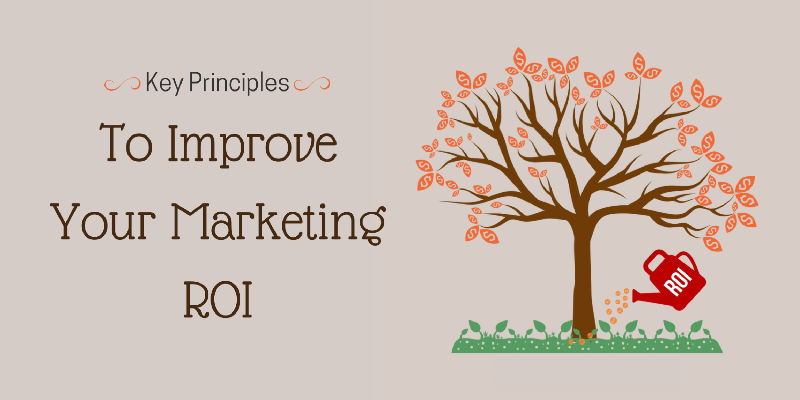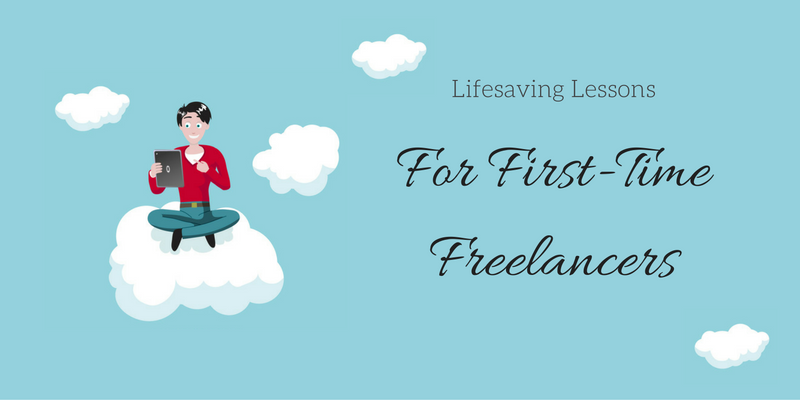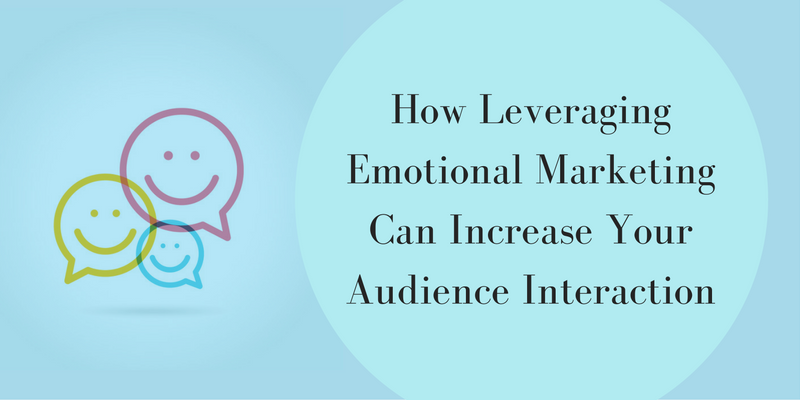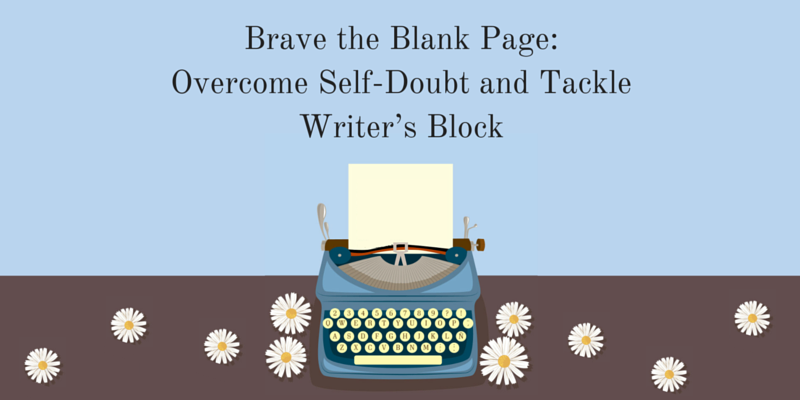In the world of business, your ROI is one of the most important areas that needs to be constantly monitored. In monitoring your ROI it tells you if your business is a profitable investment to place your time and energy into or if changes are needed. If you’ve found that your marketing ROI needs some improvement, but are unsure as to how to make this happen, this expert guide will give you the top key principles to improving your marketing ROI so you can see more profits in your pocket. But first…
How to Grow Your Editorial Calendar From One to 60
Marketers tend to apply the same level of commitment to their blogs as their diets and gym memberships. Getting back into the habit of publishing might be a New Year’s Resolution (or a Q3 resolution) but after a surge of posts, the content sputters and the blog goes dark.
While the content manager certainly intends to maintain a strict publishing schedule, life gets in the way. Projects crop up that require their undivided time and attention, a crisis hits and it’s all hands on deck, or internal turnover increases the workload of everyone on the staff.
Either way, the blog gets pushed to the bottom of the priority list until the next time someone sets quarterly goals.
This stops today.
Ten Examples of Social Media Campaigns Using Psychology
Do you suffer from boring social media syndrome?
You know what I mean – your social media channels have the odd drip of one or two random comments, a handful of likes, and little to no sales conversions, and you would almost literally give an arm and a leg for even a hint of social media activity.
What you need to do is spice things up. And one of the best ways to do this is through psychology.
Obviously, using psychology to improve your marketing is not a new concept: the intentional use of psychological theories to improve marketing was pioneered by Edward Bernays, otherwise known as the “father of public relations”. The nephew of popular psychoanalyst Sigmund Freud, Bernays realized that by applying his knowledge of psychology his marketing campaigns would be far more successful.
Since then, some things have changed. We have moved from advertising on old transistor radio sets and fuzzy tv channels Tweeting, Instagramming, and Snapping.
But what hasn’t changed is the use of basic psychological principles to market various products on services, even if it is contained in a short video on Vine or 140 characters on Twitter.
Here are ten examples of social media campaigns that used psychology to attract customers and increase sales, along with some advice on how you too can use the same principles in your own social media marketing to improve your business:
Lifesaving Lessons for First-Time Freelancers
This is a guest post by Gareth Simpson.
From how to find the best leads and high-paying clients, to understanding how to write winning proposals and set rates, freelancers of every ilk often cite trial and error as the key to finding and maintaining successful careers. We’ll take a look at what you can do to avoid the pitfalls.
As remote work becomes more commonplace, thousands of agencies, organizations and individuals post millions of jobs online to attract and vet talented freelancers for short- and long-term work.
Still, getting your freelance career off the ground can be a daunting experience. But there is no reason to believe that you can’t make a good living from freelancing alone. In order to succeed, you’ll need to make a sustained effort, and hone your marketing and negotiating skills.
If you’re just getting started, gaining experience through online services is a great way to attract new clients, build a portfolio and good reviews.
4 Ways to Establish Trust on Your Product Pages
Most companies are happy with an average conversion rate of 3-4%. The marketing department will spend hours debating about the color of buttons and studying heat maps like tea leaves to understand how they can increase their conversions.
When the conversion rate increases from 4% to 5%, there’s a party. — and so there should be! An increase of an additional percentage point can result in thousands of dollars in revenue for company.
But did you ever stop to think that a 5% conversion rate is a 95% failure rate?
Nine times out of ten you’re disappointing your audience. You’re not giving them the right information or providing enough perceived value to convince them to buy.
The key to long term conversion rate growth isn’t special orange buttons, it’s building value through knowledge and trust. Here are a few reasons your customers are nervous about pulling the trigger, and how you can convince them otherwise with the right content.
How Leveraging Emotional Marketing Can Increase Your Audience Interaction
[Editor’s note:]
Aaron Gray is the co-founder of Studio 56 and is a passionate digital marketing expert who has worked with some of the largest digital marketing agencies in Australia. He has been working in the digital marketing field for ten years. Aaron loves to travel the world to not only enhance his cultural experiences but learn and enhance his skills in the digital marketing industry. He is dedicated to helping others reach their online marketing goals.
Developing a digital marketing strategy that brings success to your marketing efforts can be a challenge. There are so many different marketing avenues that you can use in order to target your audience and gain the interaction you’re looking for. However, with all the different marketing avenues available to use, many don’t take into consideration emotional marketing. Emotional marketing is a great strategy to use in order to build more interaction and passion from your readers. So what is emotional marketing you ask? How can emotions help to boost interaction from your audience? All these questions and more will be answered! This expert guide will give you detailed information on how leveraging emotional marketing can increase your audience interaction. But first….
How to Repurpose Your Written Content
We at Spokal are willing to bet every marketer understands two challenges when trying to engage audiences with informational and relevant content:
- How do you reach the most people with your content before it becomes irrelevant?
- How do you make older, yet still valuable, content relevant for today’s audience again?
Enter in repurposing your content, defined as the reformatting of your content to work across multiple marketing and social media channels. According to a recent study conducted by the Content Marketing Institute, 57% of B2B content marketers listed “Finding More/Better Ways to Repurpose Content” as their top priority over the next year. This figure is as encouraging as it is intriguing. On one hand, marketers recognize the importance of incorporating repurposed content into their content marketing strategies. On the other hand, this number shows that marketers aren’t always sure of the best ways to go about repurposing their content. Sure, there’s a lot of posts out on ways to repurpose content, but how do you actually execute? Using the recent Spokal blog post Why Case Studies Are Great Marketing Tools, we’re going to walk you through examples to demonstrate best practices for repurposing your written content.
Brave the Blank Page: Overcome Self-Doubt and Tackle Writer’s Block
Public speaking is the number one fear in America. This fear, known as glossophobia, affects 25% of the population. With these statistics, it’s no wonder why so many of us are plagued with doubt when we open up a notebook or blank document.
Whether writing blog posts, newsletters, or a book, your writing allows you to speak to the public on behalf of your company, employer, and yourself.
“Yeah, I know! That’s why I’m freaking out!”
Sometimes this responsibility can feel like the world is placed on your shoulders. You’re creating something that others will read and critique. Your words will be imprinted on the screens and in the minds of other people.
A lot of people don’t want to write because they don’t want their words (aka their thoughts and ideas) to be rejected. Or argued. Or mocked.
That fear of criticism can be a big deal if writing isn’t your cup of tea. It can be a big deal even if writing is your cup of tea.
Ultimately, this fear leads to self-doubt. And self-doubt is the root of writer’s block.
Why Case Studies Are Great Marketing Tools
Did you know that humans spend half of their waking time daydreaming? Our brains wander by nature, jumping from one thought to the next. If there’s nothing important for our minds to focus on, whether it be a conversation with a friend or the latest episode of Game of Thrones, they simply slip back into their daydreaming state. The question then becomes this: what’s the best way to capture a wandering mind?
Simple, by telling stories.
Marketing is all about sharing your product or service to customers, and storytelling is a great way to accomplish this. Enter in the case study, an in-depth analysis that tells a story about a customer and your company. In fact, 92% of customers prefer that media message sound like a story. Nobody wants to be sold to, but a convincing story helps consumers understand a particular problem and feel the rush of relief when everyone lives happily ever after. Keep on reading to learn how you can use a case study to market your business.
Examples Of The Good, The Bad & The Ugly Of Customer Service On Social Media!
We all know that criticism can sometimes be hard to take, but we also learn very early on that it usually makes for a stronger and better business.
But today, the stakes have gotten even higher.
Now, customer complaints are increasingly being channeled through the oh-so-public social media platforms, such as Facebook and Twitter. This means that companies have to get on board fast, or risk the wrath of their unhappy customers’ complaints and criticisms going viral.
A 2013 study by Simply Measured showed that 30% of brands have a dedicated customer service handle on Twitter, with the average response to a complaint being 5.1 hours. Only 10% of companies answered within the hour.
And the numbers haven’t gotten any better since then.
In 2015, a study by brandwatch showed that most retail brands still don’t listen to customers on Twitter. They discovered that 46.6% of brands engaged with any tagged @mentions (which were categorized as neutral, questions or complaints). 64.6% responded to questions within 5 days and only 11.2% responded within one hour.
To help you figure out how to handle customer service on social media the right way, I’ve compiled some examples of the good, the bad and the ugly so you can learn what you should and shouldn’t be doing!
- « Previous Page
- 1
- 2
- 3
- 4
- 5
- …
- 29
- Next Page »









